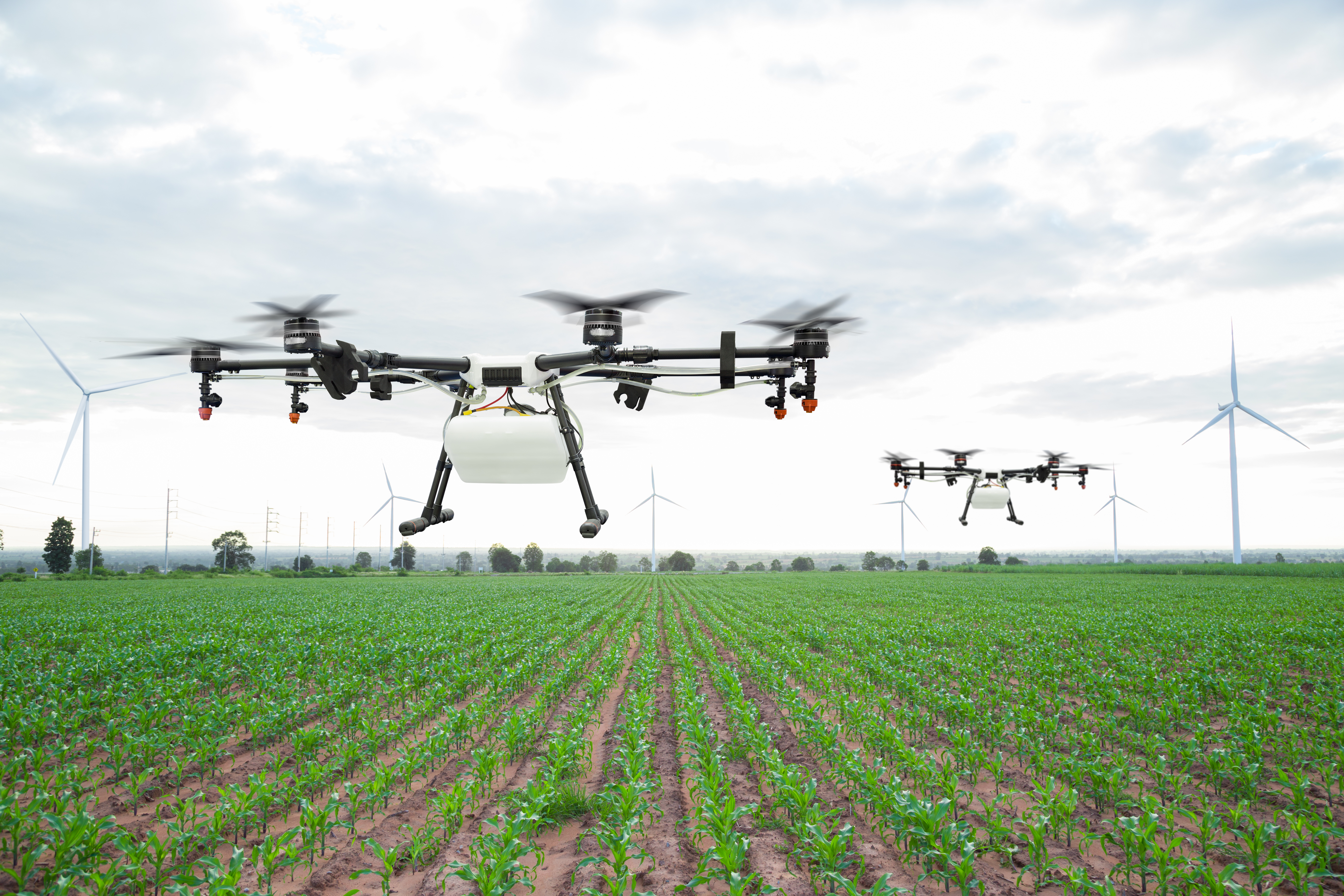Israeli drone software startup Skyx has raised an undisclosed seed funding round to commercialize software that allows one operator to control a fleet of up to six crop spraying drones.
The round marks the first investment for a new Israeli agtech VC, the Rimonim Fund, which was the sole investor in the round. The fund was cofounded by Sharon Devir, also cofounder of Roots Sustainable Agriculture Technologies, which recently listed on the ASX, and Michal Devir, a medical doctor with medtech investing experience. Michal Devir will join Skyx as chairperson.
Skyx’s software allows the user to control multiple drones — what it calls a “swarm” — and direct them to complete a single mission. The software allows the user to build a fleet of drones gradually over time and choose the drones themselves, as Skyx intends to be compatible with any commercially available hardware.
“We’re not a drone company. The vision that we have is that our software will become an operating system that includes mission planning and mission control in real time and autopiloting for the entire fleet,” said founder Eylon Sorek.
The traditional methods of pesticide application such as planes, tractors, and handheld sprayers, are inefficient in terms of both labor and cost and offer environmental risks such as pesticide drift and water contamination, as well as risk to human health for growers and workers in close, frequent contact with the chemicals, according to Sorek.
Skyx seeks to add not only safety but more efficiency and precision to this process. “Not only for uniform spraying but also for variable spraying rates at unlimited sizes and shapes of spots in the farmland,” said Itzik Turkel, the company’s cofounder and CTO.
Skyx is not looking to compete with drone companies themselves, but it is competing with the software that drone manufacturers offer as an add-on.
“The way we see it, the vast majority of drone companies don’t really know agriculture because they are building drones for many verticals,” said Sorek, who sees his initial customer base in companies that sell spraying-as-a-service.
“The reason that we don’t see one person and one drone in the field today is because this person doesn’t offer enough return on investment. With a swarm, you can achieve a competitive price point with the exact same operation.”
The benefit to the customer is greatly dependent on the size of the fleet, and here is where regulation becomes important, which Sorek says is a major hindrance to the growth of spraying drones.
Some regulatory authorities require drones to be within the line of sight of the operators, disallowing autonomous drones. Others restrict drone size and payload. Regulations have generally been more relaxed for agricultural drones for field mapping and remote sensing functions, but drones for crop spraying have not received the same regulatory allowances.
“The ability for a fleet to cover larger and larger areas is in the hand of regulators,” said Sorek.
A limiting factor is also the frequency with which spraying drones need to be serviced, refilling pesticide payloads and replacing batteries. Sorek says that a reasonably-sized fleet for one operator to service is four to six drones, which can reasonably cover 40-60 hectare (100-150 acres) in one day — appropriate for small and medium-sized operations according to Sorek, but not large row crops operations.
For this reason, and in light of the types of crops commonly grown in Israel where Skyx has conducted pilot research, the company will initially focus on horticultural operations in the US and the EU — targeting spraying contractors servicing vegetable growers.
Other recent fundings in crop spraying drone technology include Nileworks, a Japanese company claiming its multi-copter drones are able to see the shape of a field and spray just 30cm above, thereby reducing drift raised a ¥800 million ($7.12 million) financing round from Japanese investors last month.




